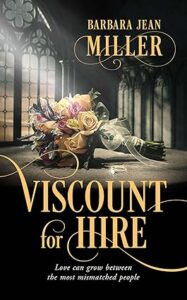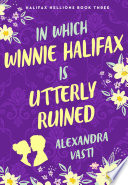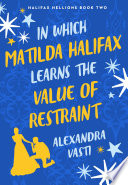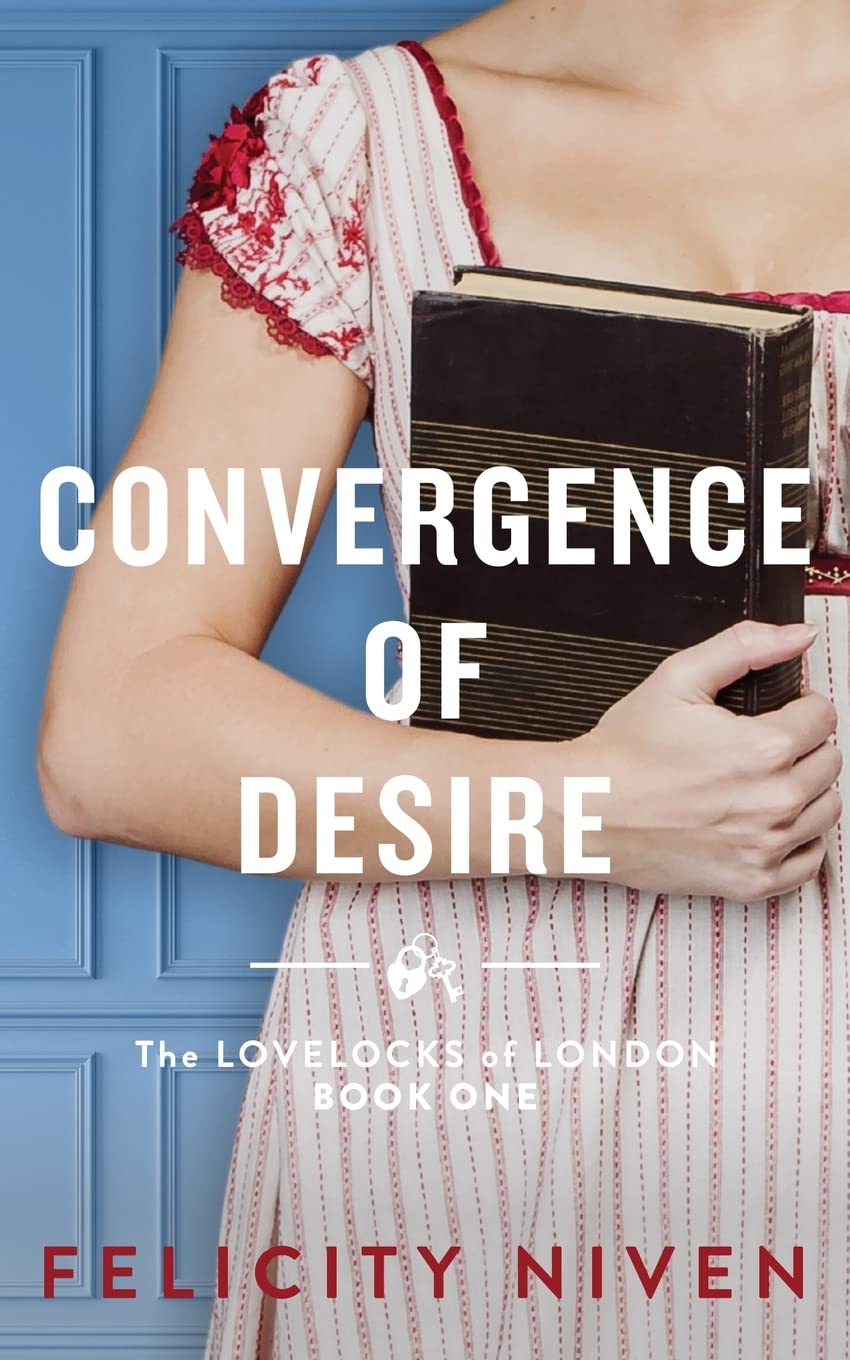Moniker/Name Nancy J
Source of Question Research
Your Question How much did the Regency upper class use contractions in their speech, e.g. cannot v. can’t, do not v. don’t? My understanding is that pronoun-verb contractions like “you’ll” were common, but not sure about the verb-not examples. I’m trying to hit the right note between the more formal speech of upper-class and stilted dialogue. Thanks.
Thank you for the question, Nancy, and for being a Regency Reader! This is actually such a great question, as I see readers raise this issue when reviewing historical romance. There is also a fair amount of debate about this, so I am going to do my best to summarize what scholars think is the case.
When we consider the “not” contractions (don’t, can’t, aren’t, ain’t, etc) most were in use around the mid to late 17th century to the early 18th century. Didn’t seemed to come the latest, around 1775 (Contractions are historical, y’all – Quill Pen and Blotter).
Despite being in circulation, there is a general idea that there was a stigma attached to writing contractions, but they were more common in speaking. Furthermore, I have seen it argued that upper class people didn’t even dare speak a contraction.
However, evidence is mixed. Many point to authors in the era, including Austen, who write about middle and upper class characters who do use contractions. Austen often uses them in dialogue, so it’s not limited to narrative or description. Radcliffe uses not contractions in her novels, as do many popular academics and philosophers of the era like Bentham or military leaders like Wellington, who used not contractions liberally in his letters.
There is evidence, too, that in letters or formal writing people avoided contractions while in popular novels and other entertainments contractions were common. Recent research (Hedberg (2008)) shows that in a survey of dramatic text, not contractions were used with a frequency of 58% during the early 19th century, while in letters it was 4%. That reflects much of my own anecdotal observations reading broadly in the era; I see contractions like can’t used in satirical publications, poetry, and novels while the letters tend to be a bit more formal. However, a bit more formal doesn’t mean no contractions for all authors. It means some authors or thinkers chose to write more formally if the occasion required it; Nakamura’s (2011) research looked at diaries and a variety of similar texts found negative contractions less common in the earlier 19th century, with a steady increase towards the end of the century. Yet in their lives, their readings, and their entertainments not contractions would have been widespread.
Here is snippet from Lady’s Monthly Museum (1800) as an example:
In searching Google Ngram, its clear contractions like don’t and can’t were heavily used in written words from the beginning of the 19th century, and if anything started to see a decline towards the end of the century. This further supports that contractions were in broad use among literate populations. They were also common in spoken language across classes, as evidenced by recent analysis of Old Bailey transcripts (Huber, 2007).
More generally, there is also some research to suggest a regional component to the use of contractions; some regions might prefer certain contractions over others. There is evidence in the research this was definitely the case with ’tis and it’s, although ’tis seems to fall off a cliff around 1800, where there is broader adoption of it’s (Peitsara, 2004).
There is a lot of research among modern linguists and anthropologists interested in the use of contractions, colloquialism and changes to English. I am not a linguist by training, so some of this research gets pretty jargony and the methodologies are unfamiliar to me so I am relying on a laywoman’s interpretation. My general sense is that contractions were definitely in broad use by the Regency era, although there may have been some stigma in using them in formal or personal writing. The record leans towards personal preference dictating their use of not contractions, likely offering some truth to the notion that upper class people tried to distance their speech from everyone else by limiting contractions and cant. However, it is evident that was not unilaterally the case.
As far as recommendations, given the documentation in scholarly research and my own observations, I would say contractions (or lack thereof) may be a useful and subtle tool for giving your character some dimension. A starched, high in the instep matron may never use contractions whereas a more fashionable young gentleman speech is littered with them. And to your point, a modern reader will find incessant cannots and will nots exhausting or jarring, so a strategic use will be better played. Because the reality is, despite what some of those reviewers say, contractions were common in the early 19th century. I mean, if Jane used them, how are they to argue?
I hope this is a satisfying analysis that helps your writing. I appreciate the opportunity to dive into this topic, and also encourage everyone to read the linked post for the case for contractions in historical novels. The author, EB Wheeler, makes argument for using for contractions although their interests are more from Victorian era onward.
Ask us more questions about the Regency in our Regency ? page.
Appreciate our research? Please share with other readers, leave your comments, buy a book through one of our links on reviews, or buy us a cup of tea!
Bibliography
Daugs, R. (2021). Contractions, constructions and constructional change: Investigating the constructionhood of English modal contractions from a diachronic perspective. In Modality and diachronic construction grammar (pp. 13-52). John Benjamins Publishing Company.
Hedberg, E. (2008). NOT-contraction in 19th century British English: Variation with time, genre, gender and sentence type.
Huber, M. (2007). The Old Bailey Proceedings, 1674–1834: Evaluating and annotating a corpus of 18th-and 19th-century spoken English. Annotating variation and change, 1.
Nakamura, F. (2011, December). A History of Negative Contractions. In Historical English Word-Formation and Semantics Conference, Academy of Management, School of English, Warsaw.
Peitsara, K. (2004). Variants of contraction: The case of it’s and ‘tis. ICAME Journal, 28, 77-94.
Smitterberg, Erik. “Colloquialization and not -contraction in nineteenth-century English”. Middle and Modern English Corpus Linguistics: A multi-dimensional approach, edited by Manfred Markus, Yoko Iyeiri, Reinhard Heuberger and Emil Chamson, John Benjamins Publishing Company, 2012, pp. 191-206. https://doi.org/10.1075/scl.50.17smi
Tagliamonte, S. A., & Smith, J. (2002). “Either it isn’t or it’s not”: neg/aux contraction in British dialects. English World-Wide, 23(2), 251-281.
Yaeger-Dror, Malcah, Lauren Hall-Lew, and Sharon Deckert. “It’s not or isn’t it? Using large corpora to determine the influences on contraction strategies.” Language Variation and Change 14.1 (2002): 79-118.










